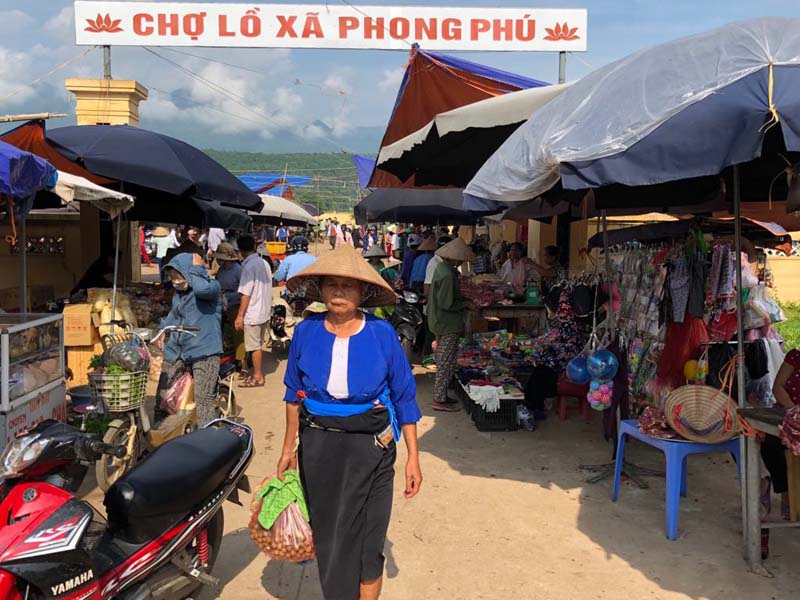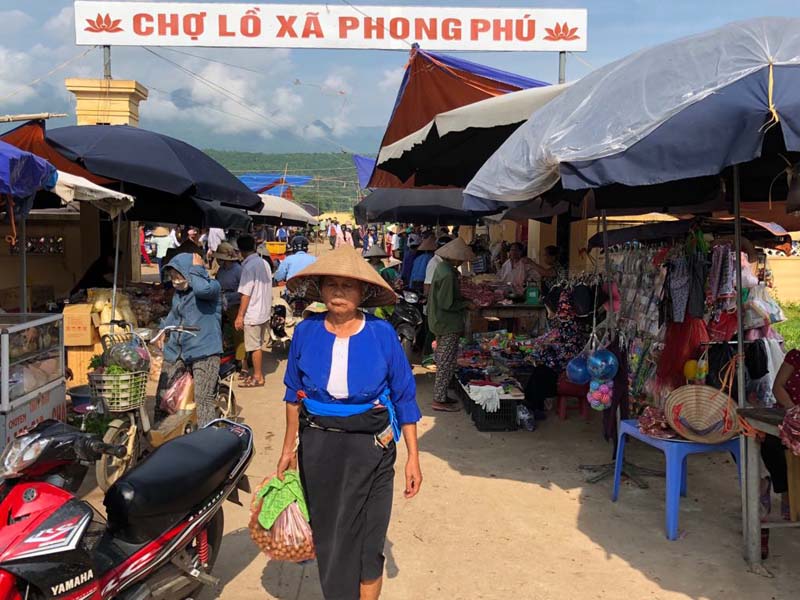



Lo Market, Phong Phu commune (Tan Lac) at the
new place attracts people in neighboring communes to exchange and purchase
merchandises.
For a long time, the old Lo market has been
gathered right at Highway 6, its infrastructure was narrow and didn’t meet the
standard. On the other hand, the market is near the roadside, encroaching the
pavement, causing many complicated issues of traffic safety, affecting the
beauty, environmental sanitation, etc. With a total investment of more than 22,
6 billion VND from the provincial and district budgets, on the land area of
10,000 m2 for construction, Lo Market Construction has become the market of
Level 3 including 90 business stores.
With the standardized technical
infrastructure, located at the new place about 300m away from the old market,
Lo new market still ensures its convenience in trading goods without affecting
the traffic safety on the Highway 6. On the other hand, this is also a good
place for people in the upland communes to go for shopping. Ms. Bui Thi Tam in
Kem Hamlet, Dich Giao commune said: Since the opening of Lo new market, there
is no scene of jostling, messy market on the road as before. The air
environment of the new market is open, wide, the booths and sale stands are
quite well organized so it is quite easy to go shopping and find the goods on
demand. The environment is fresher; the fresh food sections are separated with
the dry good ones.
Up to now, Lo Market has the
largest amount of construction investment among rural markets invested in Tan
Lac district. The effectiveness of the market is recorded comprehensively as
the local people trade at the right place. According to some small traders, the
purchasing power is not less but continues to be maintained. The situation of security
order and environmental sanitation in the market has been improved
significantly. The activities of Lo Market also contribute to maintaining the
criteria and appearance of the new rural Phong Phu commune.